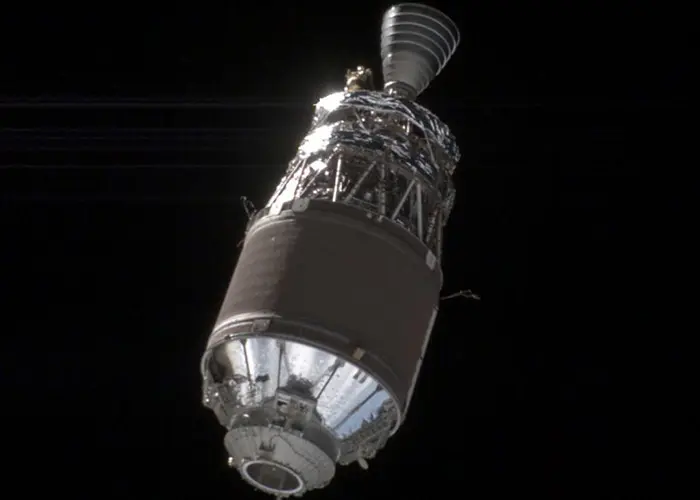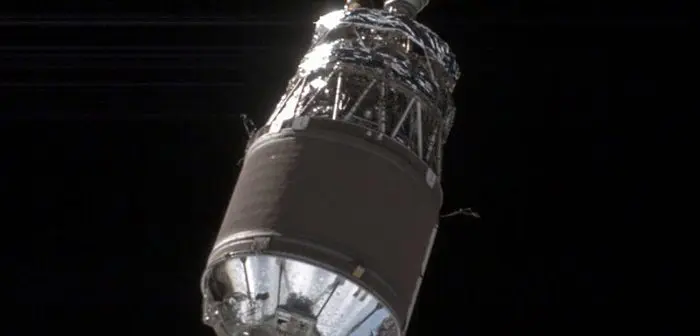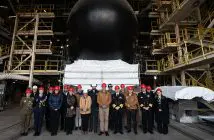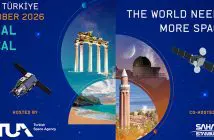
Astroscale Japan’s commercial debris inspection demonstration satellite, Active Debris Removal by Astroscale-Japan (ADRAS-J), has conducted a controlled fly-around of space debris, a feat the company called an unprecedented technical milestone for a commercial entity.
The timelapse taken during the fly-around will help plan for the future removal of space debris and the creation of a sustainable space environment.
This mission rendezvoused with an unprepared Japanese upper-stage rocket body approximately 11 metres long, 4 metres wide, and weighing around three tons. After demonstrating a safe approach and proximity operations, ADRAS-J has gathered images and other data to assess its movement and structural condition.
Unprepared objects in orbit were not designed for docking, potential servicing, or removal, heightening the complexity of operations. The information gained from the images will provide essential data to support a future mission to capture and remove the rocket body.
Satellites and debris objects in low Earth orbit travel approximately seven to eight kilometres per second, highlighting the challenges of locating, approaching, orbiting around, and gathering data from objects at this altitude.
During the first fly-around observation in June, ADRAS-J was approximately one-third through the maneuver (~120 degrees) when an unexpected attitude anomaly triggered an autonomous abort. ADRAS-J safely maneuvered away from the upper stage as designed, demonstrating its onboard collision avoidance system. ADRAS-J then reapproached the upper stage and conducted two successful fly-around observations.
Since the launch in February, the major ADRAS-J mission highlights include:
- February 18: launch and start of in-orbit operations;
- February 22: start of rendezvous phase;
- April 9: start of Angles Only Navigation and proximity approach from several hundred kilometres;
- April 16: start of Model Matching Navigation relative navigation techniques;
- April 17: approach to the client within several hundred metres;
- May 23: approach to the object within 50 meters;
- May 23: first fixed-point observation completed;
- June 17: second fixed-point observation completed;
- June 19: start of fly-around operations and validation of collision avoidance system;
- July 14: approach to the client within 50 metres. Third fixed-point observations completed;
- July 15: successful second fly-around observation; and
- July 16: successful third fly-around observation.
The Japan Aerospace Exploration Agency (JAXA) selected the ADRAS-J spacecraft for Phase I of its Commercial Debris Removal Demonstration program. The program aims to demonstrate technologies for removing large debris.
JAXA also selected Astroscale Japan as the contracting party for Phase II, which will involve the capture and deorbit of the upper stage. Development of the ADRAS-J2 spacecraft is underway, and the heritage of the ADRAS-J spacecraft and operations, along with the data collected, will be utilized for the removal phase of the program.
The three fly-around operations have revealed no major damage to the payload attach fitting, which is the planned capture point for the ADRAS-J2 mission.





